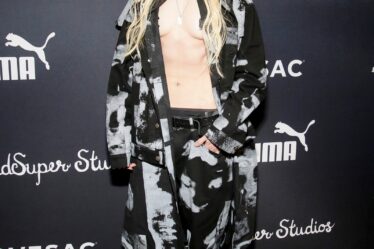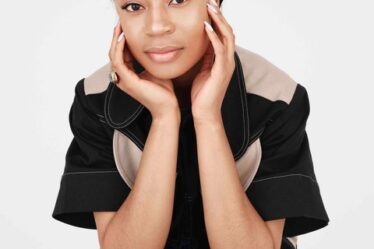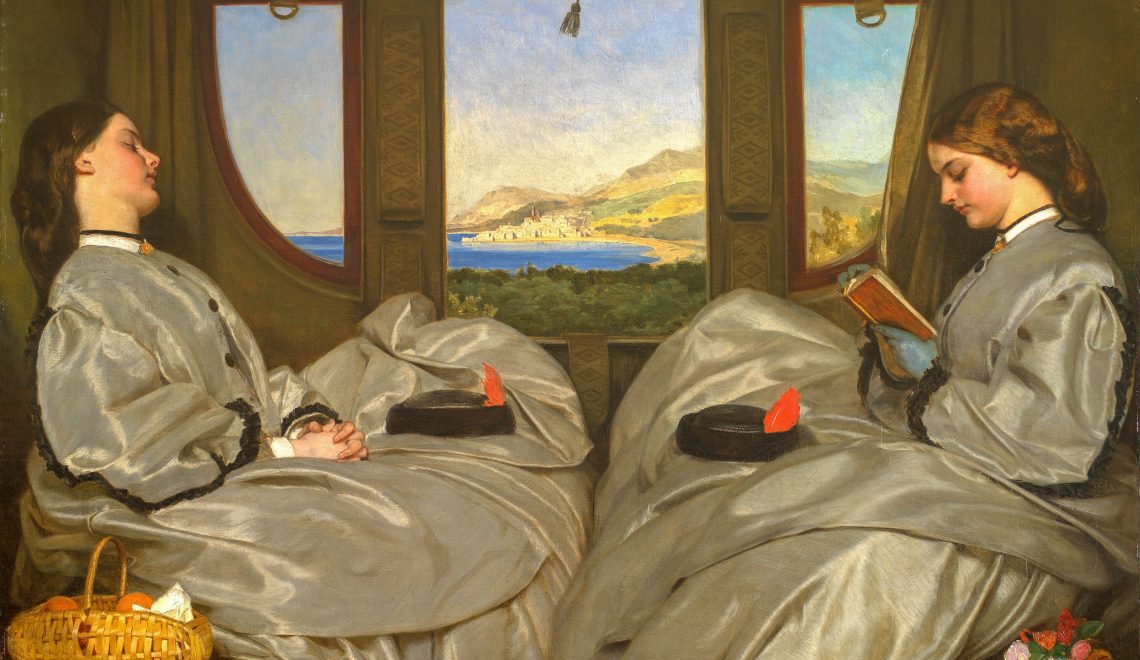
5 of the Most Influential Fashion Eras

Fashion is art and design that constantly evolves. Every culture has fashion trends that showcase preferences and traditions. However, it changes the most with periods. As people grow and traditions change, so do preferences of what to wear and how to express oneself.
Each period of history has its own visual identity. However, there are some fashion eras that stand the test of time. For instance, the fashion showcased in the stories of Shakespeare is still revered today. That is one reason why many young design students study Shakespeare while researching that era. Seeing some William Shakespeare essays at Papersowl is a great starting point if you wish to learn more about what his characters were sporting at the time.
After you’re done reading, you might be able to understand how that and other eras influenced future clothing design. Here are some of the most influential historical fashion eras.
5 of The Most Influential Fashion Eras
Rococo Era
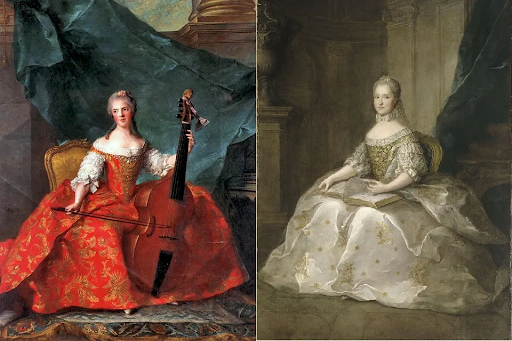
One of the most popular styles in history, Rococo did not just limit itself to fashion but also had a major influence on architecture and art. This generation of designers focused on the bourgeoisie and extravagance. Clothing for women consisted of tight corsets and plunging necklines. They wore wide hoops under their skirts too. No one can forget the white wigs that have been seen in many movies. This attire was a symbol of status and pride for aristocrats.
Victorian Era

Fashion in this era was about class and wealth. Women donned large dresses, and the waistlines of these dresses began falling to a more natural position than before. The corset was still a part of the attire. Meanwhile, the white wigs of Rococo gave way to hats and bonnets.
For men, long trousers became common. These were worn both during the day and the evening. The top hat was also common at this time. The overall attire for men was quite simple, with a coat, a high-collared shirt, a waistcoat, and straight pants.
Renaissance Era
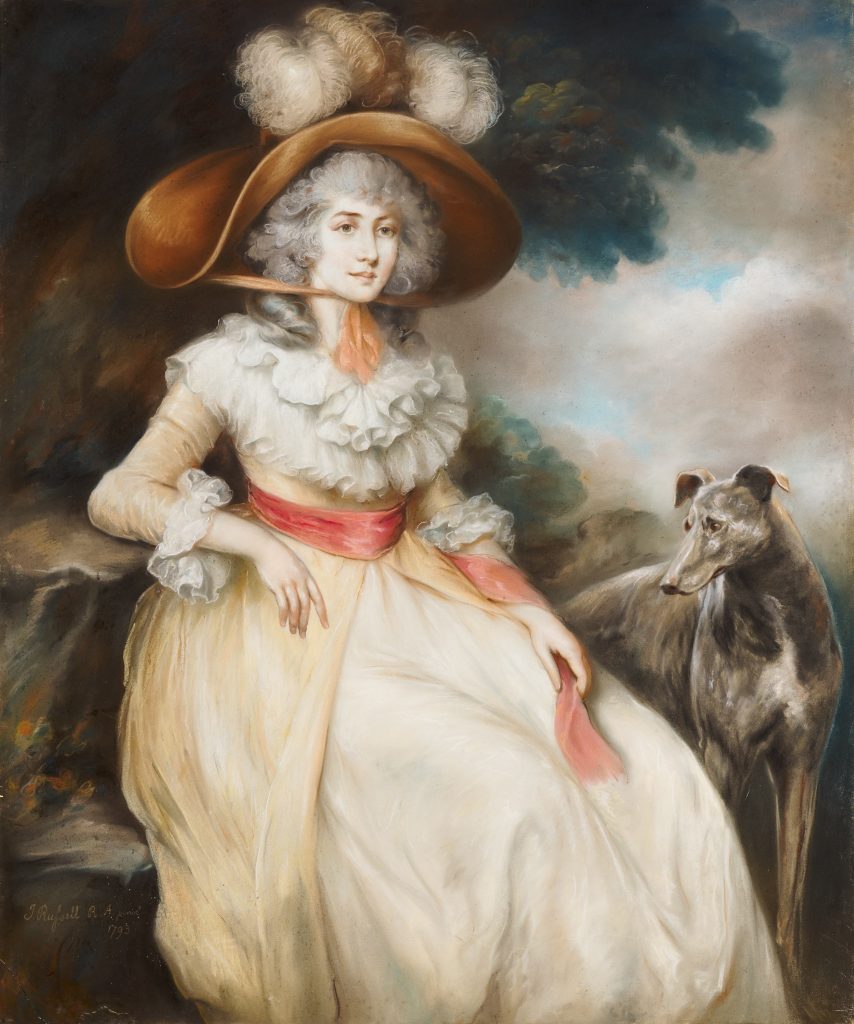
Between the 14th and 17th centuries, everything from art to philosophy changed significantly. The Renaissance fashion era is one you may have seen depictions of in movie adaptations of Shakespeare. What someone wore during this time depended on certain laws that regulated fashion. There were certain materials and styles that only the wealthy could wear since they were expensive. Those who weren’t as rich usually wore clothes made from wool, sheepskin, or the flax plant.
A woman would commonly don a full skirt and a gown with a tight bodice. Those coming from poor families could wear loose clothing because they needed to move freely in order to work. Men also donned complicated garments. Their layers consisted of a shirt without a collar or cuffs, a long-sleeved piece of garment known as a doublet, and a sleeveless jacket. They also put on stockings under trousers that were knee-length.
The 1940s
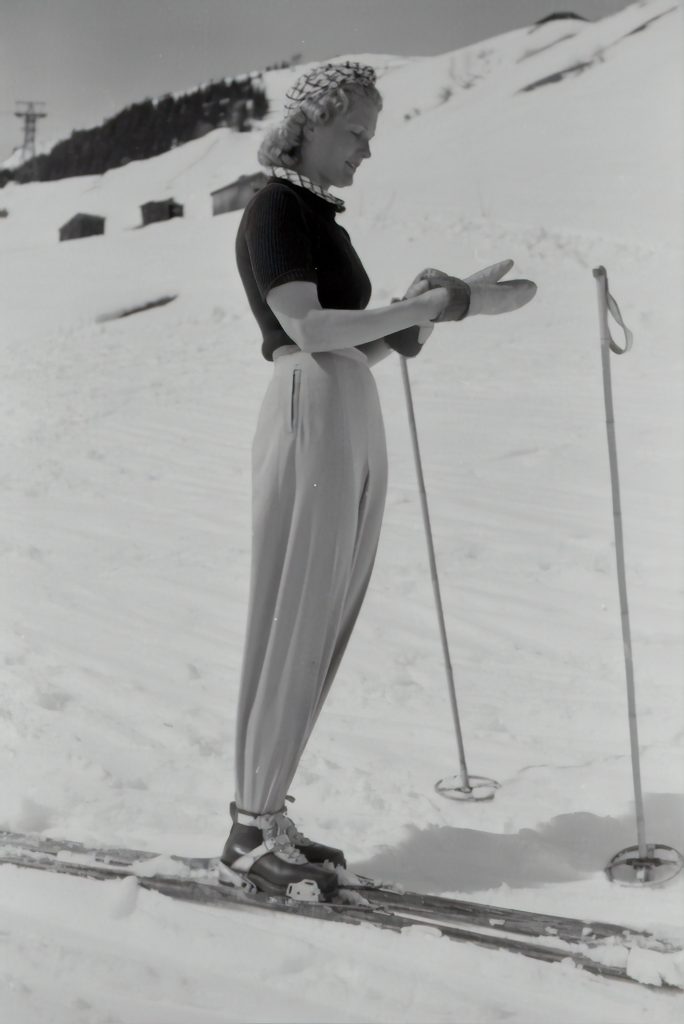
During the early to middle 20th century, women began fighting for the ability to sport pants. This idea was not welcomed as women were expected to only wear dresses and skirts. In 1909, Paul Poiret, who was a French designer, introduced a feminine version of pants. These were known as Harem Pants and while the idea itself was great, it was heavily opposed and didn’t work out.
However, when World War II began, American women were finally able to don pants because they were needed to work in factories while the males went to war. This led to a bigger push for making pants a normal part of female fashion.
The 1960s
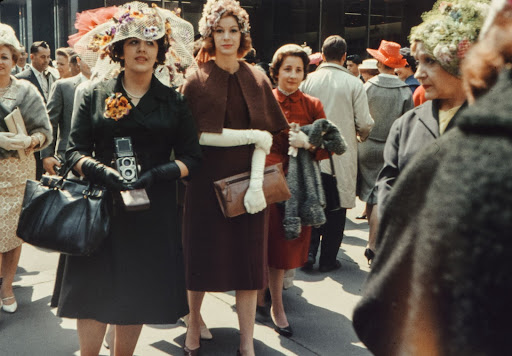
As society saw various movements during the 1960s, fashion also saw many revolutionary changes. The main social movements that paved the way for fashion during this era were The Civil Rights Movement, The Youth Movement, and The Women’s Liberation Movement. A lot of the trends we see today take their inspiration from the revolutions seen in this period.
This era was about rebellion and freedom, so the styles created during these times were also the same. British designer Mary Quant created a new item called the miniskirt, which is something iconic even today. The African American community emphasized their own beauty through their hair and clothing during this time as well.
Males also began donning stuff that showcased their personalities. The Beatles became a major influence and inspired men to be more adventurous with their attire.
From the bustle dress to the short miniskirt, from long sleeves to no sleeves, there have been many revolutions in the field of fashion. Both men and women have seen multiple changes in their types of attire and their designs.
Today, whether we talk about new hair or what color is ‘in’, it can be traced back to another time and another era when it was somehow normalized and even fought for. High fashion is not just for the queen today but for everyone who wants to be fashionable and chic. And we have to thank those who came before us for all the freedom we have today in art and fashion.
Featured Image by Birmingham Museums Trust
More to Love!
20 Incredible Books Covering the History of Fashion


